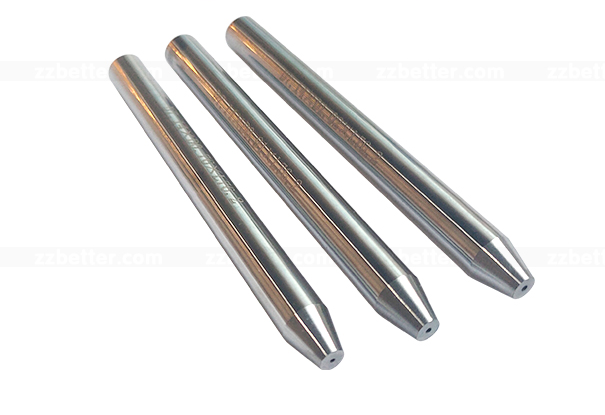The Developing History of Water Jet Cutting
The Developing History of Water Jet Cutting

Water jet cutting came into being at the end of the 19th and beginning of the 20th century. The early used to remove clay and gravel deposits in mining. The early waterjets only managed to cut soft materials. Modern waterjet machines use garnet abrasives, which are capable of cutting hard materials like steel, stone, and glass.
In the 1930s: Used relatively low-pressure water for cutting meter, paper, and soft metals. The pressure used for water jet cutting was only 100 bar at that time.
In the 1940s: By this time, advanced high-pressure water jet machines started gaining popularity. These machines were specifically developed for aviation & automotive hydraulics.
In the 1950s: The first liquid jet machine was developed by John Parsons. The liquid jet machine begins to cut plastic and aerospace metals.
In the 1960s: Waterjet cutting began processing the new composite materials at the time. The high-pressure hydro jet machines are also used to cut metal, stone, and polyethylene.
In the 1970s: The first commercial waterjet cutting system developed by Bendix Corporation was introduced to the market. McCartney Manufacturing began using water jet cutting to process paper tubes. At that time, the company worked exclusively with pure water jet cutting.

In the 1980s: The first ROCTEC waterjet mixing tubes were developed by Boride Corp. These waterjet focus nozzles were made from binderless tungsten carbide material. Although pure water jet cutting is ideal for soft materials with a maximum of medium hardness, materials such as steel, ceramics, glass, and stone are left out. However, high hardness and wear resistance tungsten carbide cutting tubes let water jet cutting with an abrasive were finally crowned with success. Ingersoll-Rand added abrasive water jet cutting to its product range in 1984.
In the 1990s: OMAX Corporation developed patented ‘Motion Control Systems’. It was also used to locate the waterjet stream. At the end of the 1990s, the manufacturer Flow optimized the abrasive waterjet cutting process again. Then water jet offers even higher precision and the possibility of cutting even very thick workpieces.
In the 2000s: The introduction of zero taper waterjet improved the precision cutting of parts with square, taper-free edges, including interlocking pieces and dovetail fittings.
The 2010s: The technology in 6-axis machines greatly improved the credibility of Waterjet cutting tools.
Throughout the history of Waterjet cutting, technology has evolved, become more reliable, more accurate, and much faster.





















